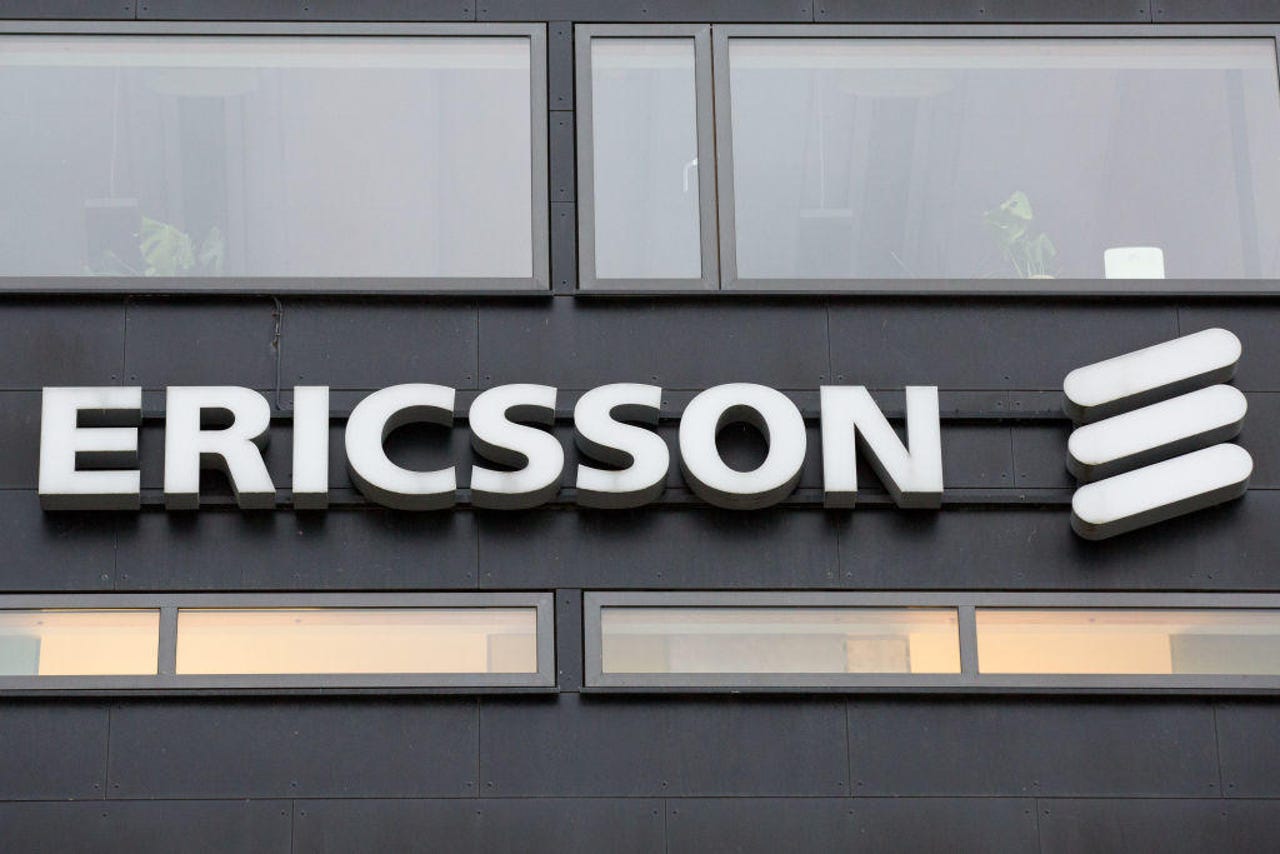Ericsson takes a thumping in Mainland China for second quarter


To look at the headline numbers, Ericsson's second quarter was steady on a revenue front and saw decent earnings growth.
For the quarter ended June 30, the Swedish telco equipment manufacturer reported revenue dropped 1% to just under SEK55 billion, earnings before interest and tax (EBIT) jumped 51% to SEK5.8 billion, and net income increased by the same percentage to SEK3.9 billion.
The worry for the company is its numbers from China, which saw sales plummet from SEK4.1 billion last year to SEK1.5 billion.
Ericsson said its networks segment was steady with revenue at SEK40 billion and EBIT growing 65% to SEK8.6 billion. The impact from China on the segment was SEK2 billion.
For digital services, despite being down 8% to SEK7.9 billion in revenue, the company said that number was adjusted for "comparable units and currency", and it was another stable result. China was responsible for the loss of SEK0.5 billion. In EBIT terms, the segment dropped from last year's second quarter SEK0.7 billion loss to a loss of SEK1.6 billion.
"There is a high risk regarding future market share in [core networking] in Mainland China and the company has made a write-down of -SEK0.3 billion for pre-commercial product investments for the Chinese market," it said.
Managed services saw a 8% drop in sales compared to last year to SEK5.1 billion, while EBIT increased 58% to SEK0.4 billion.
For the emerging business segment, sales jumped 29% to SEK2.1 billion, while the EBIT loss stretched from SEK1 billion in the hole to SEK1.7 billion.
"EBIT was negatively impacted by -SEK0.8 billion in the quarter, as a result of the Nokia settlement related to the 2019 resolution with the US authorities," Ericsson said, referring to the 2019 imposition of $1 billion in fines from the US.
The company said increases in its sales and margin for the emerging business segment was due to its Cradlepoint acquisition.
In May, Ericsson warned it might be collateral damage from strained relations between Stockholm and Beijing after Sweden banned Chinese 5G equipment.
"The geopolitical situation can have consequences on the entire industry, with an increased likelihood of further industry split, separation of global value chains, and separation of global standards for mobile telecommunications," it said at the time.
Meanwhile in the Pacific, Telstra confirmed reporting from Nine newspapers in Australia that it was in discussions over potentially picking up Digicel Pacific.
"Telstra was initially approached by the Australian government to provide technical advice in relation to Digicel Pacific which is a commercially attractive asset and critical to telecommunications in the region. If Telstra were to proceed with a transaction it would be with financial and strategic risk management support from the government," the telco said on Monday.
"In addition to a significant government funding and support package any investment would also have to be within certain financial parameters with Telstra's equity investment being the minor portion of the overall transaction.
"Digicel Pacific enjoys a strong market position in the South Pacific region generating EBITDA of $235 million in calendar 2020 with a strong margin, as well as extensive network coverage."
It was reported Canberra was turning to Telstra to keep the assets out of Chinese hands.
Digicel Pacific has networks in Papua New Guinea, Fiji, Nauru, Samoa, Tonga, and Vanuatu.
In 2018, Canberra decided to use around AU$200 million of its foreign aid budget to lock Huawei out of building a subsea cable to the Solomon Islands and Papua New Guinea. Instead of Huawei, Vocus eventually picked up a AU$137 million contract to build the cable.
Related Coverage
- Telstra and Ericsson lay claim to 'longest' 5G call record
- Global 5G population growing at 1M a day: Ericsson
- Ericsson warns it could lose out in China as Huawei reportedly shifts to software
- Samsung and Ericsson end legal battles and sign patent agreement
- Huawei gets paid by Volkswagen supplier for 4G patent licences